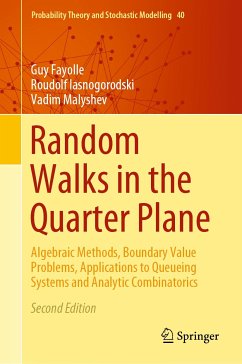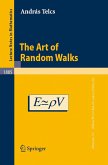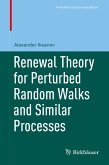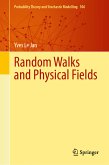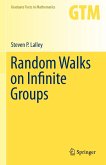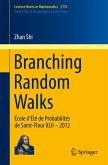Part I is a revised upgrade of the first edition (1999), with additional recent results on the group of a random walk. The theoretical approach given therein has been developed by the authors since the early 1970s. By using Complex Function Theory, Boundary Value Problems, Riemann Surfaces, and Galois Theory, completely new methods are proposed for solving functional equations of two complex variables, which can also be applied to characterize the Transient Behavior of the walks, as well as to find explicit solutions to the one-dimensional Quantum Three-Body Problem, or to tackle a new class of Integrable Systems.
Part II borrows special case-studies from queueing theory (in particular, the famous problem of Joining the Shorter of Two Queues) and enumerative combinatorics (Counting, Asymptotics).
Researchers and graduate students should find this book very useful.
Dieser Download kann aus rechtlichen Gründen nur mit Rechnungsadresse in A, B, BG, CY, CZ, D, DK, EW, E, FIN, F, GR, HR, H, IRL, I, LT, L, LR, M, NL, PL, P, R, S, SLO, SK ausgeliefert werden.

